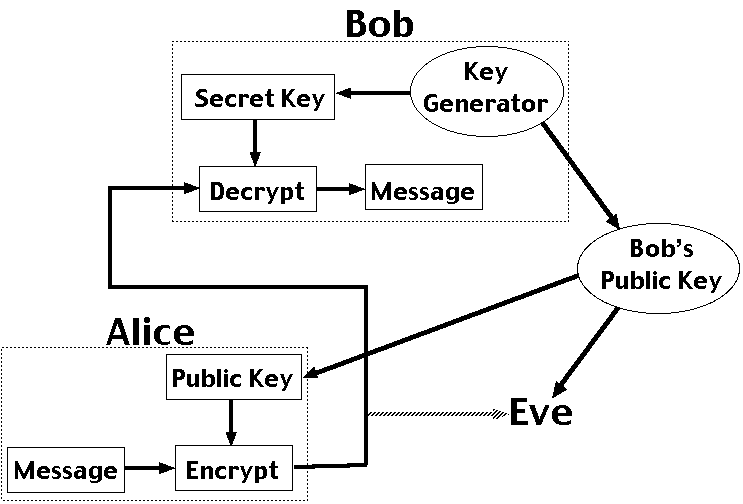Privacy Canada is community-supported. We may earn a commission when make a purchase through one of our links. Learn more.
Public Key Encryption
Up until around the 1970′s, Symmetric key encryption was the only real option to encrypt and decrypt your message. The main issue with symmetric key encryption is that both parties in the communication need to know the key used beforehand, or somehow communicate it securely. Additionally, for each person an individual wants to communicate with, they must use a separate key from the rest of their communications.
The method of public key encryption comes from the idea that lock and unlock are inverse functions. For example, Alice could buy a lock, take the key, and send the lock to Bob unlocked. Bob then locks his message and sends it back to Alice – who still has the key and can unlock it. No keys need to be exchanged, right?

This means Alice can publish her lock (or Public Key) in the open and allow anyone to send her a message with it. Once the message is locked, it is encrypted and the message can not be intercepted by third parties. As the two keys are mathematically related, only by knowing both the public and private key could you decrypt messages encrypted with the public key. Additionally, Alice now only needs to keep track of a single public and private key pair, instead of multiple keys for each communication.



